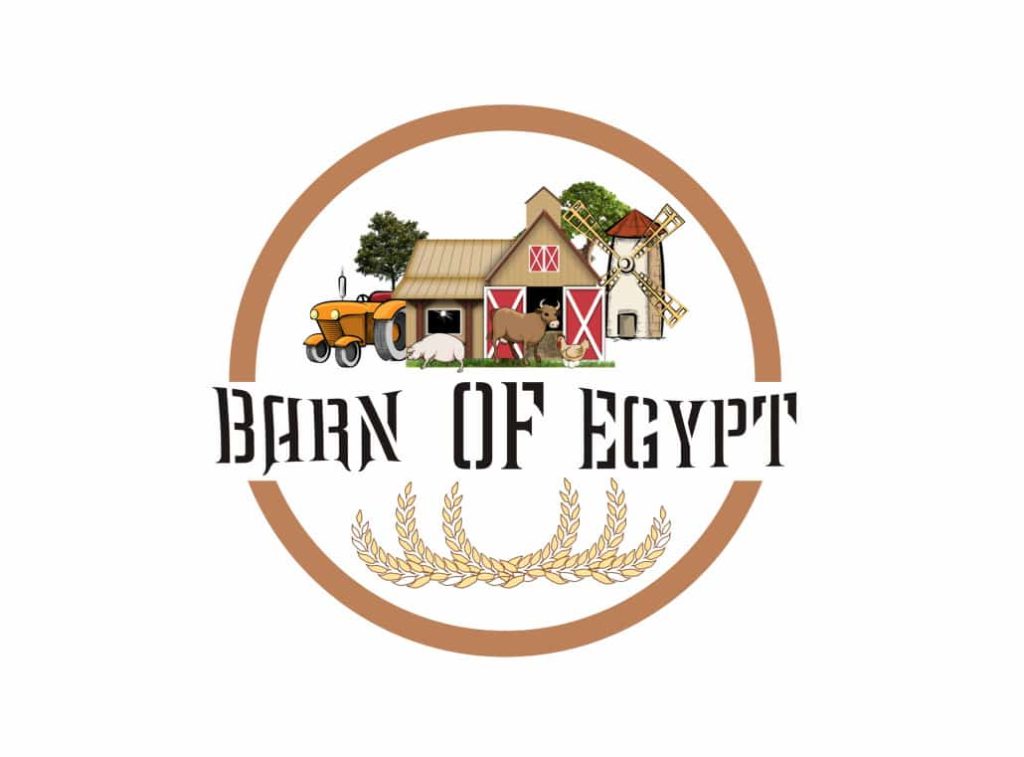Soil Types & Appropriate Cultivation Techniques
Introduction
Soil is a critical component of the earth’s ecosystem, playing a vital role in the cycle of life. It serves as a medium for plant growth, a habitat for numerous organisms, and acts as a natural filtration system for surface water. The type of soil in an area can greatly influence the vegetation and wildlife that thrive there. Understanding soil types and their properties can help us make informed decisions about land use and management.
Soil Types
Soil is classified into four main types based on its texture, proportions, and organic and mineral compositions:
Sandy Soil: This type of soil consists of small particles of weathered rock. It has very low nutrients and poor water holding capacity, making it hard for plant roots to absorb water. However, sandy soil is excellent for the drainage system.
Silt Soil: Silt soil is made up of rock and other mineral particles, which are smaller than sand and larger than clay. It holds water better than sand and is more fertile compared to other soil types.
Clay Soil: Clay soil has the smallest particles among the other two types of soil. The particles in this soil are tightly packed together with very little or no airspace. This soil has very good water storage qualities but makes it hard for moisture and air to penetrate into it.
Loamy Soil: Loam soil is a combination of sand, silt, and clay. It includes the beneficial properties of each, such as the ability to retain moisture and nutrients, making it more suitable for farming.
Appropriate Cultivation Techniques
The cultivation techniques used for farming largely depend on the type of soil. Here are some appropriate cultivation techniques for each soil type:
Sandy Soil: It’s beneficial to minimize ground pressure from machinery to reduce compaction. Use deep tines or subsoiling on a regular basis to loosen plough pans and deep compaction.
Silty Soil: Bed systems for vegetables are useful to prevent widespread compaction. Reduced tillage is not appropriate on light and medium silts but may be possible on heavy silts.
Clay Soil: Cultivations should be kept to a minimum. Reduced tillage is often appropriate, especially where free lime is present, with deeper loosening every 3–4 years and mole draining every 4–7 years to ensure good drainage.
Loamy Soil: Where free lime is present on heavier loams, reduced cultivation is suitable. Whereas, it is less appropriate on sandy and silty loams. Deep loosening will be required, especially on lighter loams.
Conclusion
Understanding soil types and their properties is crucial for effective land management and cultivation. By tailoring cultivation techniques to the specific type of soil, we can optimize plant growth, improve crop yields, and promote sustainable farming practices. As we continue to face the challenges of climate change and increasing food demand, such knowledge will be increasingly important in ensuring the sustainability of our agricultural systems.
